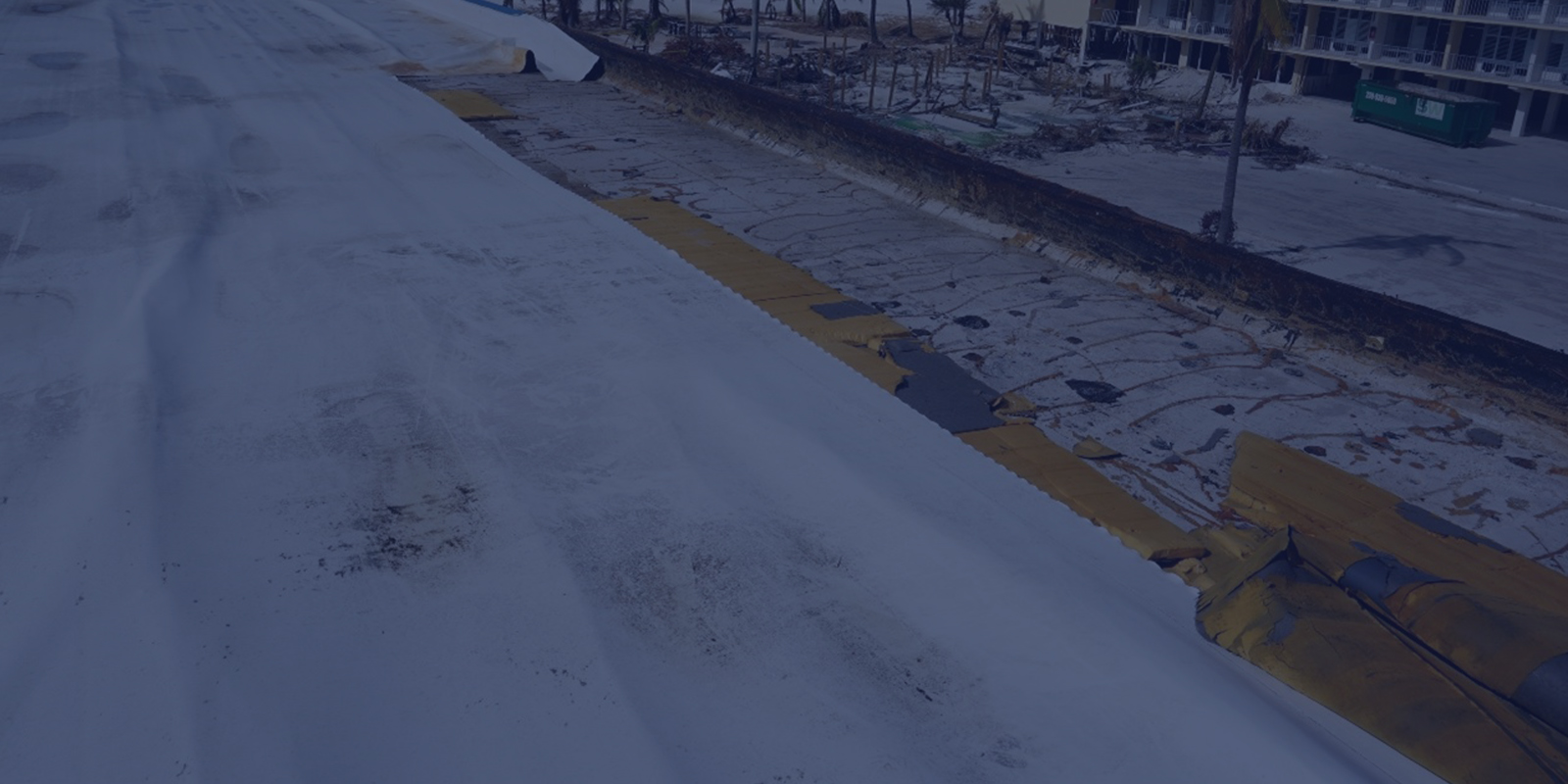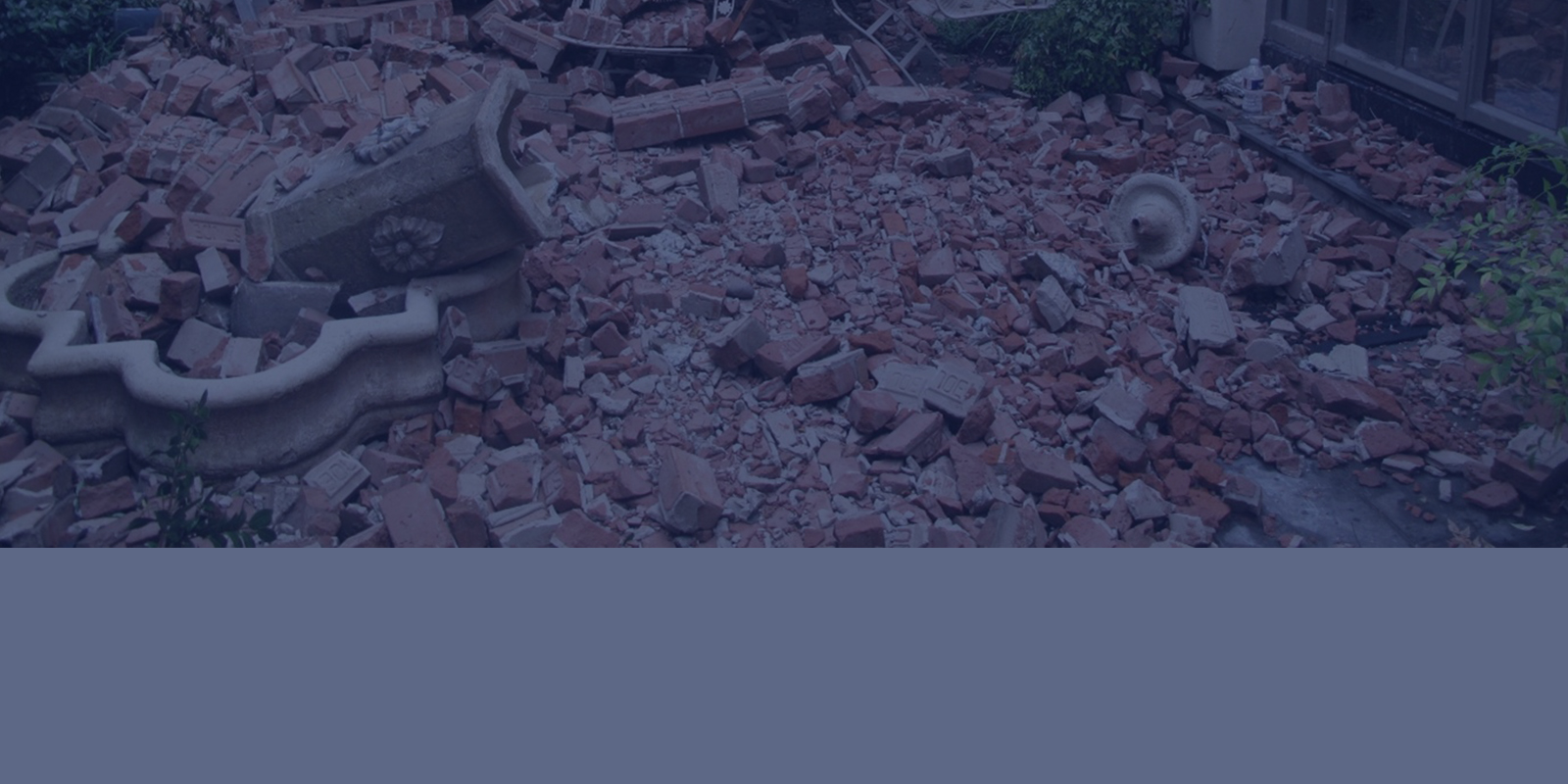One common form of damage from hurricane winds is missing or displaced roofing. This damage typically manifests at areas of the building where the wind forces are relatively higher, such as at the eave or roof edge (Figure 1). This is especially true for low-slope roof systems without parapet walls and with deficiencies in the attachment/size of edge metal.
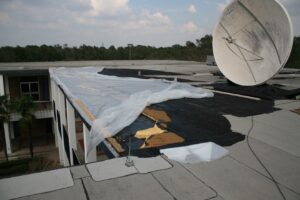
Figure 1. Roof edge failure of a modified bitumen membrane roof from Hurricane Ike (2008).
The investigation of potential damage to low-slope roofs exposed to hurricane force winds should include evaluation of the roof edge conditions for evidence of failure and displacement. While low-slope roofs typically perform relatively well during hurricane events, a failure of the securement at the roof edge can cause peeling and significant displacement of the roof (Figure 2).
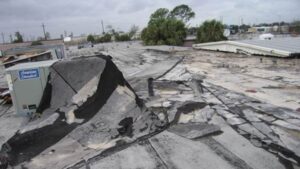
Figure 2. Large area of displaced roofing resulting from an edge failure during Hurricane Katrina (2005).
The attachment of the edge metal is critical to the wind-resistance performance of the roof assembly in this scenario. Poor attachment, or poor fastening of the nailer to which the edge metal is attached, can lead to a premature wind uplift failure at the edge of the roof. If peeling of the membrane progresses, this may ultimately affect a large portion of the roof (Figure 3). Sometimes progressive peeling-type failure does not occur and the distress is limited to the nailer and/or edge metal at the windward edge of the roof (Figure 4).
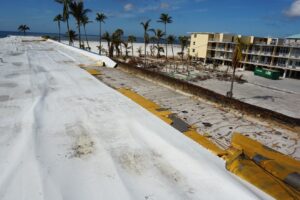
Figure 3. Roof edge metal failure at TPO membrane roof from Hurricane Ian wind (2022).
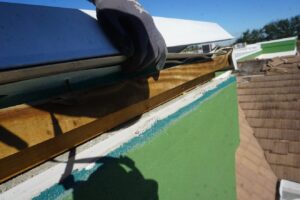
Figure 4. Nailer failure and displaced edge flashing from Hurricane Ian wind (2022).
Following hurricanes and other strong wind events, roofs with suspected damage should be evaluated by a properly licensed and qualified forensic professional. Feel free to contact Nelson Forensics at expert@nelsonforensics.com for assistance in this regard.
